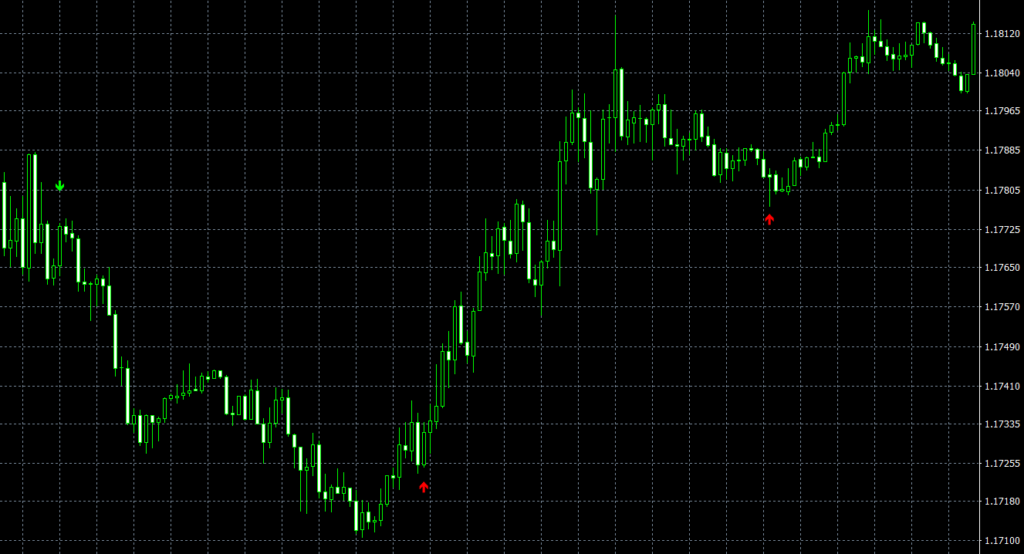Pair Trade: Trade outperformance + Reduce big market fall risk: Shubham Agarwal

Pair Trade: Trade outperformance + Reduce big market fall risk: Shubham Agarwal
The current situation where the Nifty index is struggling to maintain levels above 19,000 can understandably create a sense of unease among traders who are contemplating directional trades. It’s during these moments of market uncertainty that traders often realize how far the market has climbed. Many traders opt to reduce their positions in such situations.
However, an alternative approach gaining popularity is Pair Trading, also known as Long-Short trading. This strategy involves trading in pairs of stocks, where one stock is bought while another is sold short, and it can be easily executed using futures contracts. The rationale behind Pair Trading lies in its ability to mitigate market risk by focusing on the relative performance of two stocks rather than predicting overall market direction.

This strategy capitalizes on the notion that one stock within the pair will outperform the other, making it a valuable tool for traders navigating volatile market conditions. Pair trading requires careful selection of correlated stocks, diligent risk management, and continuous monitoring to seize opportunities and manage potential losses effectively.
Pair Trades, often known as Long-Short strategies, serve a fundamental purpose in trading: risk reduction. These strategies are particularly effective in mitigating the risk of significant market declines. To appreciate their risk-reduction capabilities, it’s important to consider the two primary types of risks stocks face.

Firstly, there’s Systematic Risk, which encompasses factors affecting an entire country or sector, often beyond a company’s control. Examples include policy decisions, interest rate fluctuations, and geopolitical developments. These systemic risks can trigger broad market downturns that affect a multitude of stocks.
On the other hand, there’s Unsystematic Risk, consisting of company-specific risks unique to individual stocks. These risks are idiosyncratic and stem from factors like poor financial performance or unexpected events, such as a fire at a company’s manufacturing facility. Unsystematic risks impact individual stocks rather than the entire market.
Pair Trades work by simultaneously taking both long and short positions in two correlated stocks, effectively offsetting a portion of the systematic risks associated with broader market movements. This strategy allows traders to focus on the relative performance of the paired stocks, thereby reducing their exposure to systemic risk factors. In essence, Pair Trades provide a valuable risk management tool, helping traders navigate volatile markets with more confidence.
Mitigating Systematic Risk through Pair Trading, especially when utilizing Futures contracts, offers an effective strategy for traders. Let’s illustrate this with an example: consider a scenario where there’s an impending Interest Rate Hike, which typically has an adverse impact on Financial Institutions. Pair Trading can help hedge against this risk by creating a pair of buy and sell positions in Futures contracts.

In this strategy, you simultaneously buy a Futures contract for one Financial Institution while selling a Futures contract for another Financial Institution. By doing so, you offset the impact of factors that affect both institutions similarly, such as changes in interest rates. Whether these factors are positive or negative for both institutions, the net effect on your Profit/Loss remains relatively neutral because the paired positions act as a hedge against systematic risks.
Pair Trading is a technique that gained popularity in the 1990s within the realm of Financial Derivatives. It’s a valuable tool for traders seeking to navigate volatile markets while minimizing the impact of systematic risk factors that can affect entire sectors or industries. This strategy allows traders to focus on the relative performance of the paired assets, providing a level of risk management and stability in uncertain economic environments.
The approach you’ve described for Pair Trading is a practical strategy that involves selecting a stock to buy and identifying a comparable stock within the same industry or sector. The first step is to choose a stock based on your analysis and criteria.
Then, you look for another stock with two key characteristics: firstly, historical price movements that align with your chosen stock in terms of highs and lows occurring around the same periods, and secondly, recent outperformance compared to your chosen stock, typically within the past month.
Once these criteria are met, you execute the Pair Trade by buying your selected stock and simultaneously selling the comparable stock short. It’s crucial to set a predefined stop-loss level for your chosen stock, and if it gets triggered, you exit the entire Pair Trade to limit potential losses. This strategy allows traders to leverage relative strength dynamics between two similar stocks while actively managing risk.




